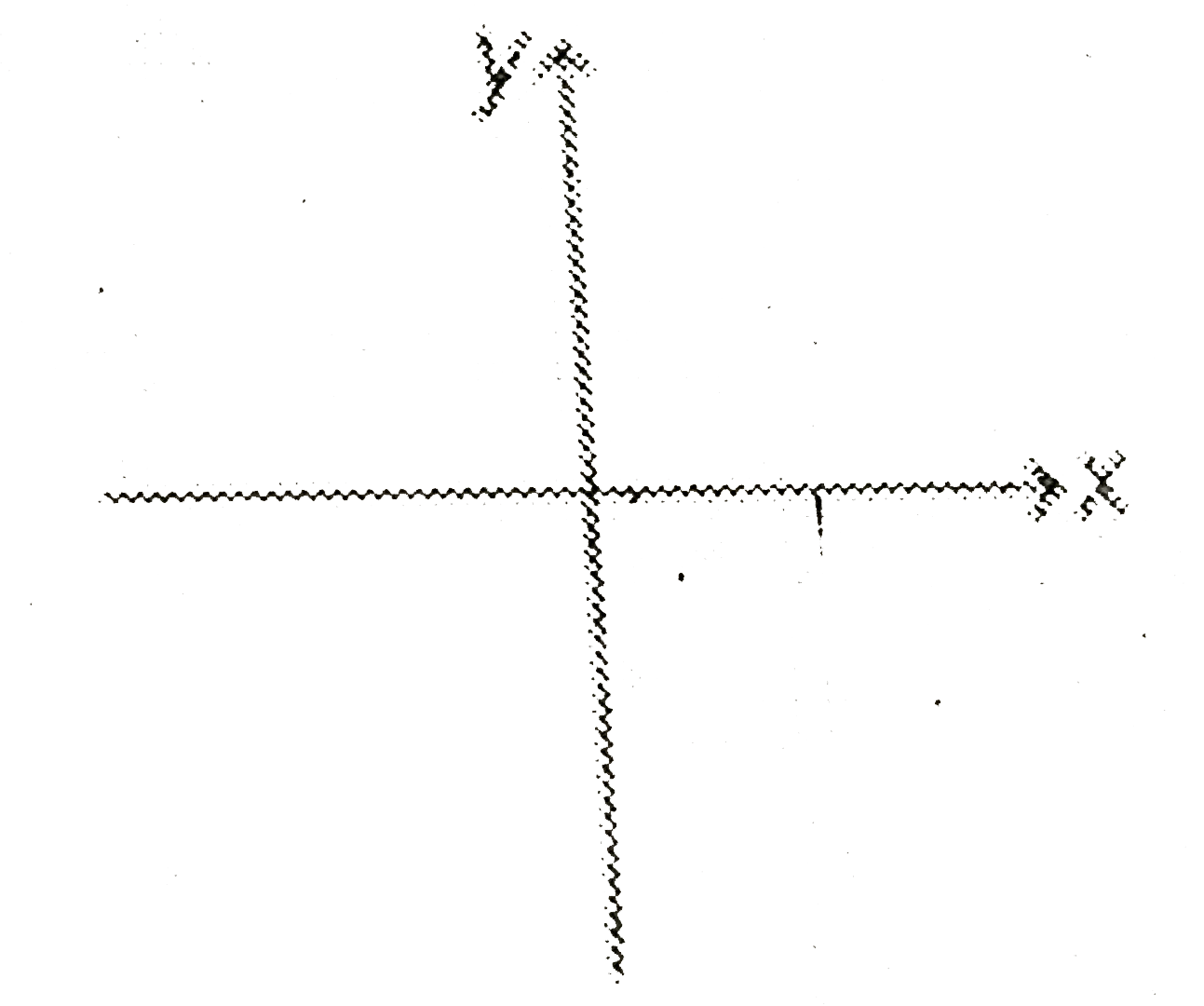The velocity of a particle moving in the x−y plane is given by
dxdt=8πsin2πtanddydt=5πsin2πt
where, t=0,x=8andy=0, the path of the particle is.
a straight line
a elliopse
a circle
a parabola
The correct Answer is:B
To solve the problem, we need to find the path of the particle given its velocity components in the x-y plane. The velocity components are given as:
dxdt=8πsin(2πt)
dydt=5πsin(2πt)
Step 1: Set up the relationship between dy and dx
We can find the relationship between dy and dx by dividing the two equations:
dydt=5πsin(2πt)
dxdt=8πsin(2πt)
Dividing these two equations gives:
dydx=dydtdxdt=5πsin(2πt)8πsin(2πt)
Step 2: Simplify the expression
The π and sin(2πt) terms cancel out:
dydx=58
Step 3: Integrate the relationship
Now we can integrate both sides. This means we will integrate with respect to x:
dy=58dx
Integrating both sides gives:
y=58x+C
Step 4: Determine the constant of integration C
We know that at t=0, x=8 and y=0. We can use these values to find C:
Substituting x=8 and y=0:
0=58(8)+C
0=5+C⟹C=−5
Step 5: Write the final equation of the path
Now substituting C back into the equation gives:
y=58x−5
Rearranging this, we get:
5x−8y−40=0
This represents a straight line in the x-y plane.
Conclusion
The path of the particle is represented by the equation:
5x−8y−40=0
dydt=5πsin(2πt)
dxdt=8πsin(2πt)
0=5+C⟹C=−5
Similar Questions
A particle moves in the the x−y plane according to the scheme x=8sinπt and y=-2 cos(^2)pitπt, where t is time. Find equation of the path of the particle. Show the path on a graph.
View SolutionA particle is subjected to two simple harmonic motions given by
x1=2.0sin(100πt) and x2=2.0sin(120πt+π/3)
where, x is in cm and t in second. Find the displacement of the particle at
(a) t=0.0125,
(b) t=0.025.
View SolutionThe displacement of a particle ( in meter ) from its mean position is given by the equation y=0.2(cos2πt2−sin2πt2), The motion of the above particle is
View SolutionFind dydx at t=2π3 when x=10(t–sint)andy=12(1–cost).
View SolutionA xandy co-ordinates of a particle are x=Asin(ωt)andy=Asin(ωt+π/2). Then, the motion of the particle is

View SolutionIf two SHMs are represented by equations y1=5sin(2πt+π/6)andy2=5[sin(3π)+√3cos(3πt)]. Find the ratio of their amplitudes.
View SolutionA particle moves along y - axis according to the equation y(in cm)=3sin100πt+8sin250πt−6
View SolutionIf two SHMs are repersented by y1=10sin(4π+π/2) and y2=5(sin2πt+√8cos2πt), compare their amplitudes .
View SolutionThe displacement of a particle from its mean position (in metre) is given by
y=0.2sin(10πt+1.5π)cos(10πt+1.5π)
The motion of the particle is
View SolutionThe displacement of a particle is given by x=3sin(5πt)+4cos(5πt). The amplitude of particle is
View Solution
